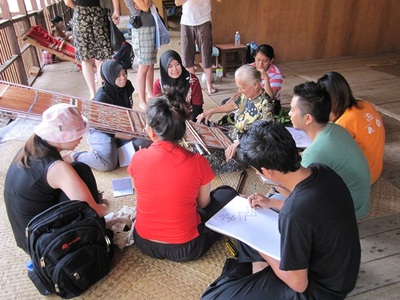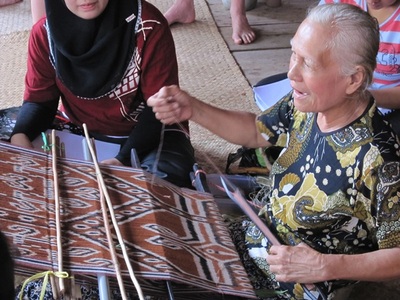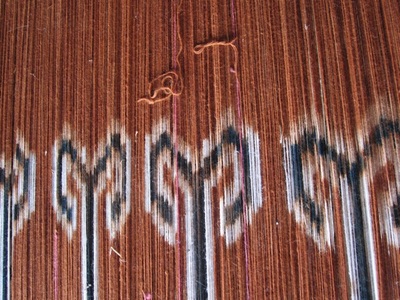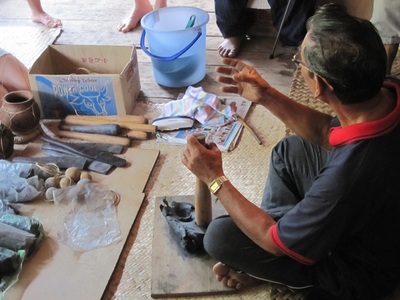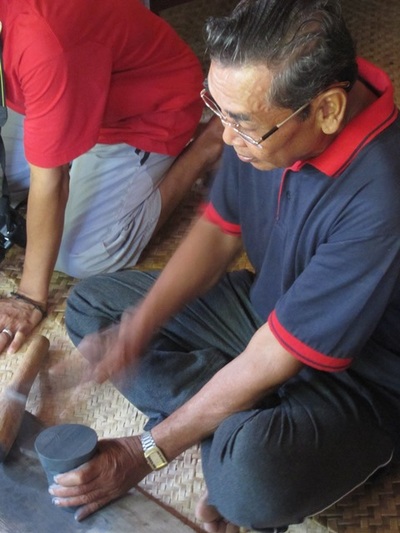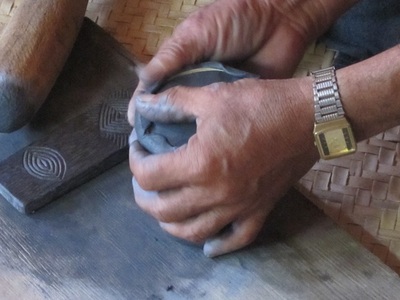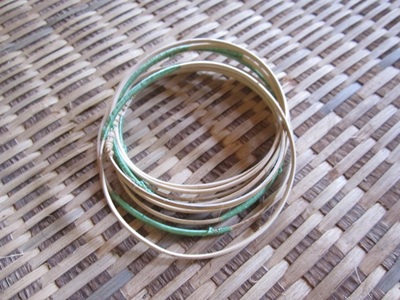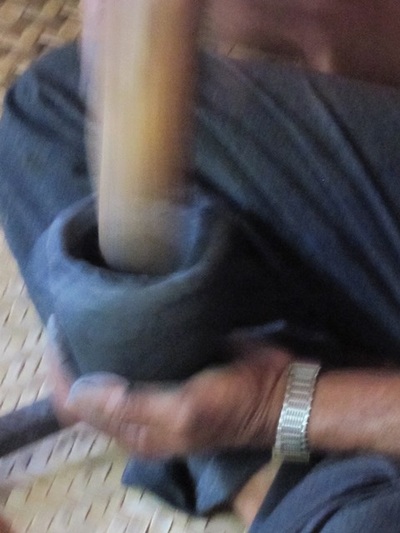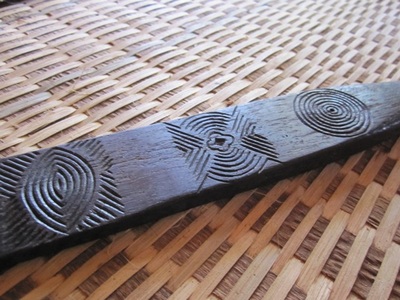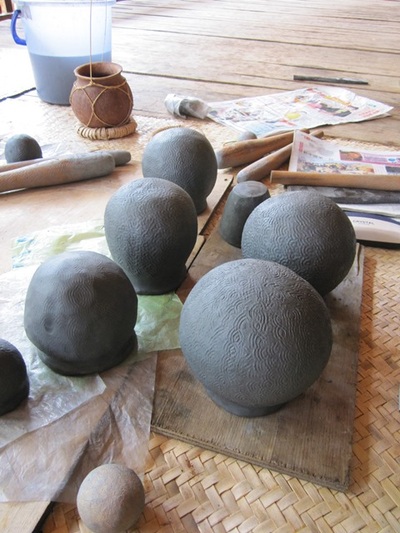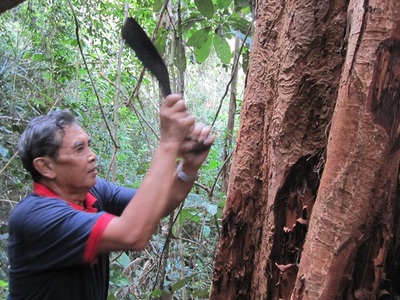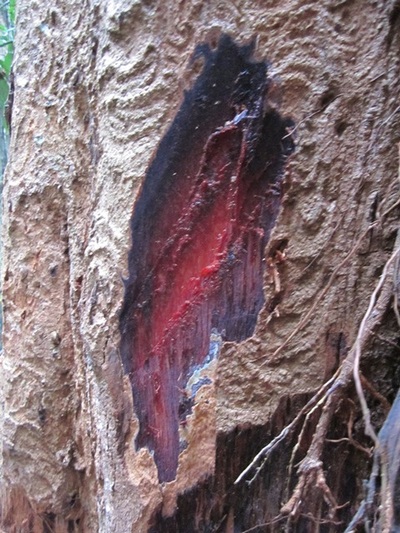|
The next day, we woke up early and refreshed after the long journey to come to Nanga Sumpa. The people we stayed with are the indigenous people of Iban. They showed us the process of weaving and ceramics, using the traditional ways. The ceramics demonstration was done by Pak Cik Andah. Fortunately, I was able to converse with him using a mix of Indonesian/Malay language. In his younger days, Pak Cik Andah worked on ships, travelling the world and as a wood cutter in the Indonesian forsts. When he was 25, he returned home and started learning pottery from his grandmother. Pottery making was something that was usually done by women, to create pots to cook with. The craft form was slowly disappearing as the Iban people had access to cities where they can just buy cooking pots. Pak Cik Andah explained that in the first few years of learning, it was all trials and errors until he finally found the techniques and grew his skills. He mines his clay (earthenware) from two places - one place was about 25 minutes from the village and another one about a day's trip away (where he treks over places with river water up to his chest). Only local Iban villagers are allowed to mine the clay and the clay is not sold to outsiders to preserve the craft. Once the pots have been created, they are fired in a woodfire. Then while the pots are still hot, they are dipped in a solution of water and samak tree bark. This creates a natural glaze. The pots are still porous so if you store water in it, the water will slowly evaporate. Pak Cik Andah took some of us to the samak tree, where he gets the tree bark. The samak tree was only 5 minutes away for the village, but it was located on top of a steep hill. I had some issues going up, especially with the bruises from my fall the other day (we trekked through the rainforest to see the clay source, the bridge I was on collapsed, luckily it wasn't such a big fall). Pak Cik Andah explained that there was another samak tree he used to go to, but it is dead now because he had stripped off most of the bark. There weren't that many samak trees left around the village. Everytime he visited the tree, he would take about 1kg of bark, which would be enough to coat 20-25 pots. To continue the art form, Pak Cik Andah trained someone but that person soon lost interest. He hopes his granddaughter, who was studying ceramics near Kuala Lumpur, will return home and continue the tradition.
We left Nanga Sumpa village and the lovely Iban people the next day, returning to Kuching. All content written are my personal views. All images are owned by me.
1 Comment
6/3/2022 04:49:41 pm
I have been there too. I learnt making the pots from pak Andah.
Reply
Leave a Reply. |
Irine is a recipient of the Australia Council for the Arts' Artstart Grant (June 2014-2015).
This website has been assisted by the Australian Government through the Australia Council for the Arts, its arts funding and advisory body. Categories
All
Past postings
March 2016
|
